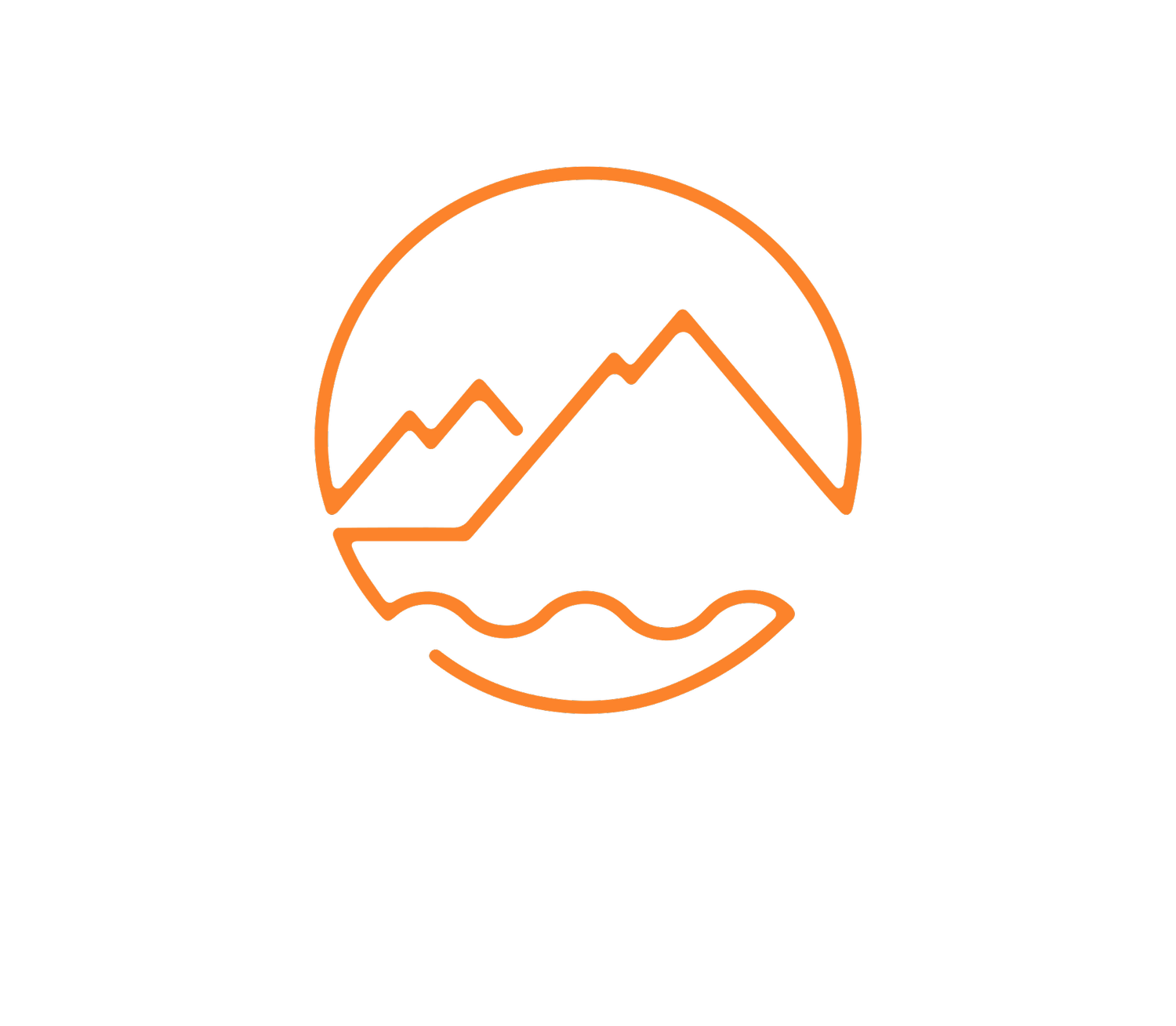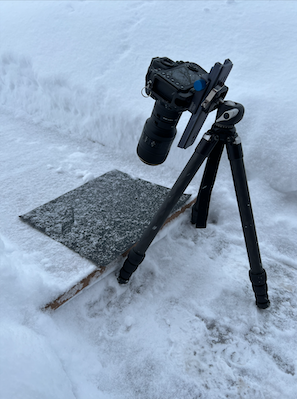Champagne Powder
Jan-21 -- The ski resort in Steamboat Springs trademarked their name for snow as Champagne Powder. What is it and why is it different and special? The easy answer is it’s fluffy dry snow that is like floating on a cloud when you ski through it. Many other ski area’s snow is heavy wet snow or icy snow. If it is manmade snow it’s little pellets. Specific conditions are needed to make a light, fluffy, dry snow.
When I looked it up online, what I found was confusing. The part I understood was this. Steamboat Springs has low humidity near the ground. Air in the upper atmosphere, moving east, runs into the Rocky Mountains and must move to a higher elevation to flow over the mountains. As the air rises it expands which causes it to cool (adiabatic expansion). As it cools, it can hold less water, this water begins to freeze and fall as snow. As the snow passes through the dryer cold air, near the ground, it ensures there is no remaining liquid water. The conditions needed therefore are: rising expanding cold wet air on top of calm low-humidity air.
That didn’t really answer my main question, so I read more. The Journal of Atmospheric Research says there are 35 general shapes of snow but goes on to say the exact variables behind a particular shape are not really understood. What they do understand is the crystals start by water freezing on a dust or pollen particle in the air. From there, the crystals may continue to grow either by more water sticking to the already frozen crystal or by multiple crystals freezing to each other. Then there is breakage and changing atmospheric conditions that can make the flakes irregular. There are lots of possibilities for final shape.
None of that answered my real question about champagne powder. What I really want to know was what is the shape and was that special. I got out my camera. My lens is designed to focus on small things with great detail so the photos I take can be made larger than those from a standard lens. With just your eye, you can see the shape of snowflakes if you can find one that lands on a dark background and doesn’t immediately melt. I needed to find a way to capture them with my camera. I started by catching a few on a dark background that wouldn’t hold heat. At first, I tried a nonstick grill mat. It’s black and made of silicon so it doesn’t hold heat. The problem is it does have some texture and snow still melted. I tried a cast iron skillet next. I set it outside to cool off. It provided a nice textured background but was hard to clean off once too much snow had accumulated. I went back to the grill mat. It wasn’t a perfect background but was what I had and was a place to start. My next problem was focus. My lens will provide an image that is the same size as what the picture is of. To make the photo larger I can add an extension tube. This was my set up with the grill mat
The problem with this is I and my camera blocked snow from falling on my background. I tried different positions and distances. I then focused as close (large) as my camera setup would allow. I then waited for interesting flakes to fall on the background. I could then slide the background around to take photos. Moving the background kept me out of the way of the falling flakes. It was much easier than trying to move the camera and refocus. I didn’t get any perfect photos. But it was a place to start. This is what I saw.
The center of the snowflakes were plate-like. That is a flat disk with six sides. At the six corners branches formed to make a shape generally called fern-like due to the branching. I saw very few that were completely symmetrical many had broken in falling or were never formed beyond oddly shaped branches. Eventually I noticed that large clumps of snowflakes would land together.
This got me thinking about how much trouble I was having getting one snowflake in focus. At this magnification, my camera can only focus on a fraction of a millimeter. In the next photo, the branches at the top of the photo are in better focus than the branches at the bottom of the photo. This means my camera is not perfectly parallel to my background.
The crystal in the photo above is odd because it is not the typical six sided variety. This is most likely the result of two snowflakes freezing together.
Then I found this snowflake. The focus is far from perfect but it appears to have 12 branches. The ends of the branches are in about the same state of ‘blur’. It could be two frozen together or it could be a 12 branch snow flake. We’ll never know for sure. I will have to work on my set up. I need a better background. One with no texture. I used a tripod but have since learned that some of the best snowflake photographers go handheld. They also use artificial lighting. Using better lighting will make the snowflakes look shiny like cut jewels.
On the way inside I looked at the thermometer, 24F. I have no way to know the temperature, barometric pressure, or humidity at the elevation that the flakes formed. This is probably why we don’t know the combination of factors that create specific shapes.
They’re all pretty, but I didn’t capture any perfectly symmetrical flakes. Something to work on.
Update: I have now been out on multiple days trying to get good photos of snow flakes. If you’re up for a challenge in photography this is a tough one. On Wednesday I will post more photos of snow flakes of different shapes.
***






